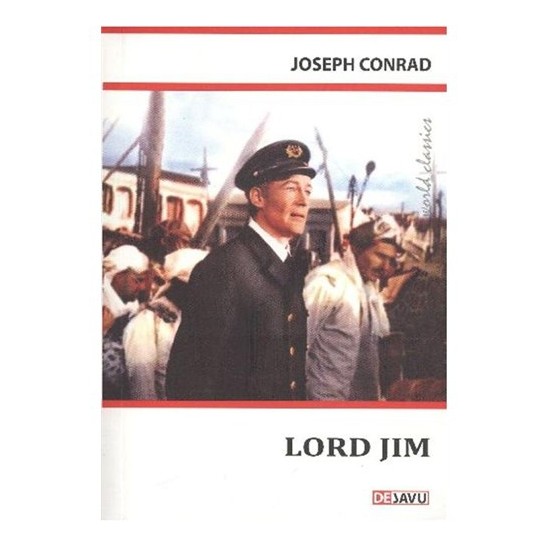

It is ironic since they will reach their destination.Ī lire : 19th Century Literary Movements : Realism and Naturalism P15, paragraph 3: the lighthouse is personalized, winking and laughing at the pilgrim ship, it is the symbol of technological advancement. They will prove to be right in their belief and will be saved in the end. The irony lays in the fact they are doomed to survive. “Unconscious believers” seem to be doomed to die. Dramatic irony, the ship is everything but safe. The “unconscious crowd”: trust the white man and the ship. There is an opposition between the East (the pilgrims) and the West (Europeans). The team knows of other conditions: debauchery and absence of morals. People are suffering from heat and promiscuous conditions. The voyage takes place in horrendous conditions: every deck is packed (children, women, men). “the pilgrims of an exacting faith” (p15): indicate a harsh religion, they are obliged to go to Mecca at least once in a lifetime. The Jeddah incident was the model of the Patna (p319-358): Conrad intertwines facts and fiction in osmosis. In Lord Jim, Conrad is not directly involved. In Youth, Conrad’s double was a character that he called Marlow: it was the first time Marlow was introduced. He was directly involved in an incident: the Palestine caught fire and the team, including Conrad, were obliged to abandon the ship.Ī trial took place and the team was cleared because they had done everything they could. In Youth (1828), Conrad wrote a fiction based on his first-hand experience as first mate on board a ship called the “Palestine”. Conrad was a sailor and gave us a flavour of seamanship: read ch1-20, there are segments that should not be missed.


 0 kommentar(er)
0 kommentar(er)
